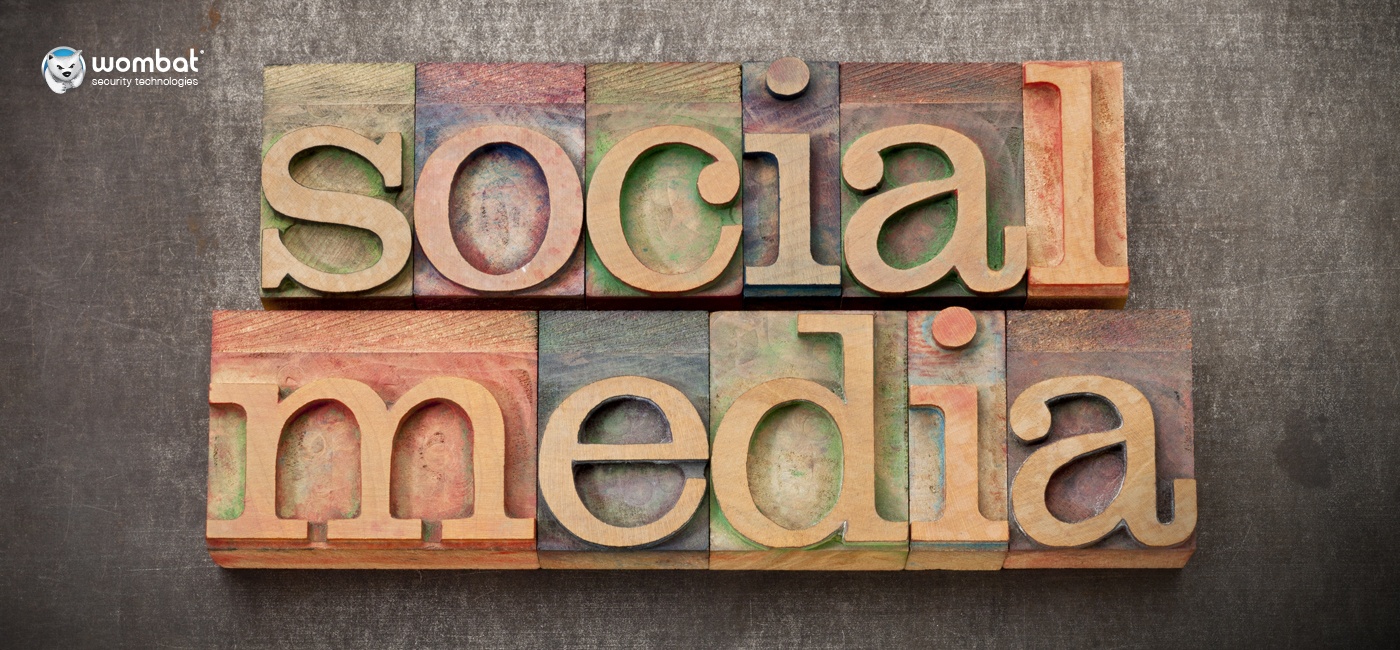Tip #3: Ask Questions
Scammers and cybercriminals love social networks; they are treasure troves of information and it’s incredibly easy to pretend to be someone or something you aren’t within these networks. These types of cons are often referred to as "social engineering," and the dangers associated with imposters and fraudsters are real. There are financial threats, reputations at stake, and even risks to personal safety.
So, before you click a link, accept a connection request, or download a file, take a moment to think about the implications if the person on the other end has a malicious intent. These are the sorts of questions to ask yourself:
Do I personally know this individual and/or trust this connection?
The safest rule of thumb on social media (and a great piece of advice for minors) is to refuse connections from anyone you haven’t met personally. That isn’t always possible (particularly on Twitter), but it always makes sense to think about who you are connecting with and what they are seeing from you. Most privacy settings focus on protecting your data from the prying eyes of those outside your accepted circle of connections. All bets are off with those who have been granted access.
Am I already connected to this person?
Social media accounts are frequently the target of imposters, particularly Facebook accounts. We’ve personally seen cases where friends’ accounts were duplicated, and you probably have too. Before you connect a second time, double check with your friend to see what’s going on.
Does this seem legitimate?
From promises of free gift cards and access to premium content, to teasers about sensational stories and the latest celebrity gossip, there is a lot of click bait out there. Scammers create fake profiles and business pages (a practice known as "pretexting") and use known brand names, incredible offers, and dramatic headlines to lure you in. Steer clear of too-good-to-be-true traps. (And don’t be the one who shares the scammers’ links for them!)
Also take notice if a friend suddenly starts posting odd things (like multiple ads for free sunglasses) or randomly asks you for money. Social media accounts are hacked regularly, and the hackers often blast out posts and messages looking for a quick score. If you suspect an account has been breached, reach out to your friend through another trusted channel or report the account.
Do I know for sure this link/file is safe?
Malicious links and ads are everywhere online, and they frequently find homes on social media. Shortened URLs — which reduce length (often to help with character count restrictions) — are particularly risky because they eliminate visibility into where links actually lead.
Seemingly innocent links can get you into a lot of hot water. Bottom line: Confirm before you click. If something seems off, avoid it. You should be as cautious on social media as you are with emails.
Am I teaching my kids to police themselves?
If you have children, it’s always a good idea to check in on what they’re doing online and the connections they are making. But it’s an equally good idea to be proactive about social media safety. Teach them how to apply these best practices themselves — and instruct them to ask questions if they are unsure about something.
Because our human tendency is to be trusting and open, it’s important we all learn how to balance social sharing and safe sharing. Online safety can feel like a moving target, but these social media tips, which offer relatively basic precautions, can drastically improve your level of cybersecurity.


